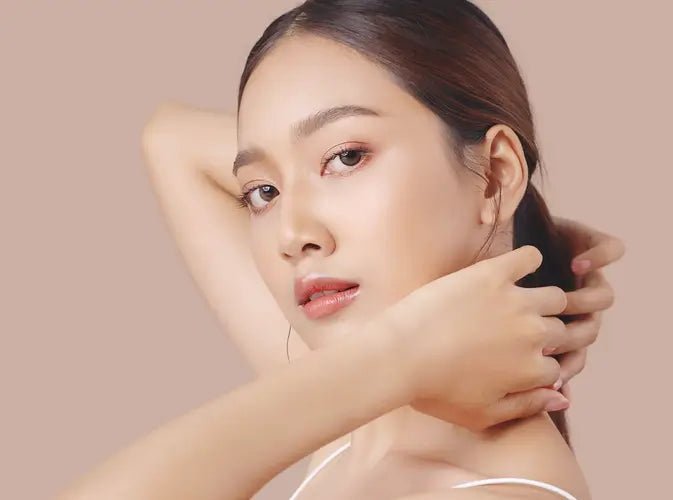Korean facial care has become very popular. What does it really look like in Korea? Let's find out.
South Korea is one of the world’s largest exporters of cosmetics, and its cosmetics industry plays a key role in the country’s economy. Korean skincare, often referred to as K-beauty, has gained global popularity thanks to its innovation and popularization of the multi-step, elaborate treatment trend and the memorable image of flawlessly beautiful Korean women.
According to data from recent years, the export value of Korean cosmetics has exceeded 8 billion dollars per year , making Korea one of the leaders in this industry. The export of Korean cosmetics is growing at a rate of about 20-30% per year , and the largest recipients are China, the United States, Japan, Southeast Asian countries and Europe.
The Korean government is behind the strong development of this industry and it is heavily supported by it financially. Korean skin care is one of the most important businesses in this country.
Why is Korean skincare so popular in Poland?
The success factors of Korean skincare include innovation. Korean brands offer modern formulas, e.g. cosmetics with snail mucin, activated carbon or fermented ingredients. Most Korean cosmetics on our domestic market declare themselves as natural cosmetics. The packaging of Korean cosmetics is distinguished by its modern and attractive packaging design. Korean skincare has promoted a comprehensive skincare ritual (e.g. 12-step), convincing consumers that a better result is achieved with more cosmetics.
What is the standard of beauty in Korea?
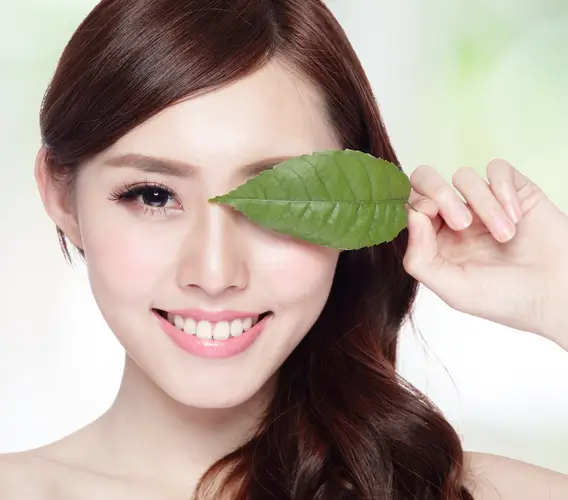
Beauty standards in South Korea are heavily influenced by history, culture, and media, especially K-pop, influencers, and TV dramas. Both body and facial appearance are central to Korean women’s lives.
Slimness is highly valued, and the ideal figure is slim, with a visible waist and long legs. In Korea, there is a great emphasis on weight control, which is evident in the popularity of diets and fitness programs. The ideal of beauty is long, slim legs and small, delicate hands and feet.
Bright, radiant skin is highly valued and is considered a symbol of youth and health. Skin lightening treatments and whitening cosmetics are widely available.
According to the standards of beauty, a Korean woman should have an oval face in the shape of the letter "V", i.e. narrowing towards the chin. The perfect oval face of Korean women is most often the result of facial contouring, as well as plastic surgery that changes the shape of the jaw.
Big eyes are also a symbol of beauty. Often, the effect of eye enlargement is achieved by a procedure of creating a double eyelid (blepharoplasty). Korean women's make-up focuses on emphasizing the eyes, e.g. through eyeliner and false eyelashes.
Korean women also strive to have small, full lips. The ideal lips are proportional to the face, with delicately defined contours. Cosmetics that give the effect of "gradient lips" are popular, where the center of the lips is more intensely colored than the edges.
The nose should be narrow, straight and slightly upturned. Nose correction (rhinoplasty) is one of the most common plastic surgery procedures.
Facial symmetry is considered a key feature of beauty, and the pursuit of symmetry drives the popularity of treatments such as fillers and facial corrections.
Korean facial care or face improvement according to Korean standards
South Korea is one of the world's leaders in the number of plastic surgery procedures performed per capita. According to 2015 data, the percentage of young women who underwent plastic surgery increased from 5% in 1994 to 31% in 2015.
Korean women are among the world's largest users of Botox, with an estimated 42% of the female population between the ages of 21 and 55 having undergone the procedure. A common graduation present is cosmetic surgery.
South Korea is often called the world capital of plastic surgery. It records 464,452 foreign patients arriving for aesthetic medicine procedures. This trend is constantly growing, last year there was a 16.7% increase compared to the previous year.
The most popular aesthetic medicine treatments in South Korea include:
- Blepharoplasty (double eyelid surgery): A procedure that creates a fold in the upper eyelid to give the eyes a larger, more open appearance.
- Rhinoplasty (nose job): Surgery to change the shape or size of the nose.
- Facial contouring: Procedures such as cheek bone reduction or jawline surgery to achieve a slimmer, more V-shaped facial profile.
- Liposuction: removal of excess fat tissue from various parts of the body.
- Skin Whitening Treatments: Procedures designed to lighten skin tone, popular due to local canons of beauty.
Korean skincare consists of 12 stages
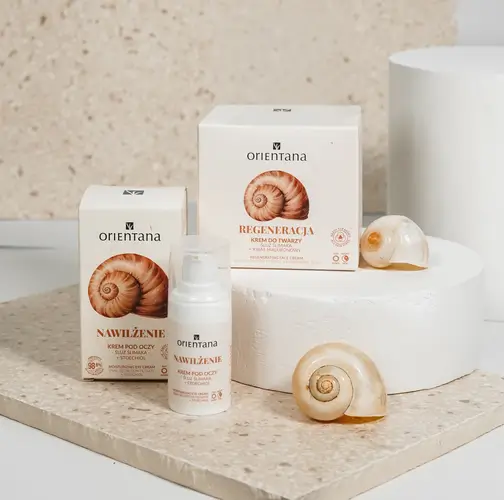
Korean skin care is a 12-step skin care method that emphasizes systematics, multi-step cleansing and intensive hydration. Every Korean woman should have a set of 12 cosmetics at home:
- Makeup removal with oil
- Water cleansing (gel or foam)
- Peeling – up to 3 times a week
- Tonic
- Essence
- Serum / Ampoule
- Sheet mask
- Eye cream
- Emulsion / Lotion
- Moisturizing cream
- Sunscreen
- Night mask
Korean skincare is mostly done at home, but Korean women often reapply cosmetics during the day (at school or at work). Taking care of one's appearance is very common, so the sight of someone applying cream or essence in a cafe, on the subway or in the office is no surprise.
Korean women are keen to use sheet masks on long flights. Wearing a mask while flying, although it may seem bold, is the norm in Korea and Asia. These masks moisturize the skin and protect it from drying out.
Why Korean skincare is so important and what's behind it
Focusing on the right appearance is required by society. In Korea, a one-dimensional perspective of beauty is recognized. Unique, individual beauty features are frowned upon, and there is a tacit order to conform to one dimension of beauty. These requirements are much stricter for women than for men.
Why do Korean women conform to beauty standards? South Korea’s Confucian cultural roots make women “listen” to social norms and strictly conform to them. This increases self-confidence and feelings of inferiority. In South Korea, the good looks expected in certain professions or situations do not consist solely of appropriate clothing. A flawless physical appearance is considered a sign of respect and ambition, which is almost always expected of potential job candidates, for example.
The desire for flawless skin is a class-based phenomenon in Korea, where people with fair, flawless skin are considered wealthy. Fair, flawless skin is idealized and is a form of separation from the poor. Both now and in the past, wealthy people did not work outdoors in the sun, such as in the fields or on construction sites. Tanned skin is associated with farmers and the working class.
While tanning is a common practice among people in places like the United States and Western Europe, skin whitening products are an integral part of Korean skincare. Advertisements for skincare products are always described with the adjectives "youthful", "fair" and "bright". BB creams are usually only offered for lighter skin tones. Korean skincare does not allow for a light tan.
K-pop stars, who have a broad influence on South Korean society, are the face of the beauty industry—both overtly, because they publicly endorse beauty products, and indirectly, because the connection between their popularity and the features those products highlight is strong. Korean skincare is heavily supported by influencers. After all, someone has to buy those 12 products to use in a single day.
It is these social norms that expect women to look a certain way that have led to the vast growth of cosmetic surgery. The number of cosmetic surgeries performed to enhance beauty is the highest in the world and is constantly growing. In a society that remains deeply patriarchal, Korean women who do not conform to the beauty standards set by men face, for example, adverse conditions in the workplace. One notable case from November 2018 was the firing of an employee at Yogerpresso (a popular South Korean coffee shop chain) on her first day of work because she was not wearing makeup.
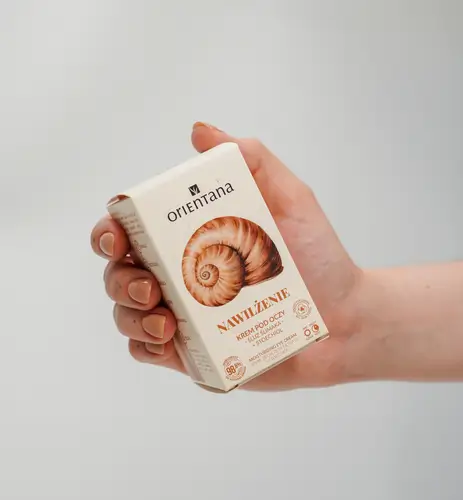
Korean cosmetics vs Polish cosmetics
Are Korean cosmetics tested on animals?
In the European Union, there has been a ban on testing cosmetics on animals for 20 years, and since 2018, it has been prohibited to use ingredients tested on animals. On the websites of companies distributing Korean skincare, we find information that animal testing is not allowed in Korea. However, this is not true. According to estimates by Cruelty Free International, South Korea is one of the countries that conduct the most animal testing in the world, which may be due to the requirements of its largest recipient, China. The introduced testing ban has many workarounds, and the vast majority use them. Animal suffering may be behind Korean skincare.
Although Korean companies declare themselves to be cruelty-free, they very often use ingredients tested on animals.
Transparency and legal standards
Polish cosmetics are subject to strict European Union regulations regarding product safety and composition, which increases consumer confidence. In Poland, it is easier to verify information about products and brands that are locally available.
When buying cosmetics in Korean stores that ship products to Europe, the full composition is often not provided. Korean websites mainly provide active ingredients. The packaging also often lacks descriptions in English. Korean skincare can be dangerous, so buy from trusted places.
Korean brands' ingredient declarations are not always true. For example, labels often include numbers that suggest the percentage of an ingredient, e.g. snail mucin 90, which builds a belief among customers that the cosmetic contains 90% snail mucin, when this is not possible and such a product on the market would do a lot of harm.
Natural cosmetics
Many Korean brands declare themselves as natural and "clean beauty", however, the strength and advantage of Korean cosmetics lies in synthetic ingredients often referred to as "from nature". I once became interested in an ingredient called spider web and was convinced that it was a natural ingredient - groundbreaking like snail slime. During a meeting with a technologist from a company producing this raw material, I learned that it is a 100% synthetic ingredient.
The innovation of Korean skincare comes from the development of synthetic ingredients that, when applied to the skin, give visible results. Many Korean cosmetics contain natural ingredients such as green tea, ginseng or bamboo, but they are often a supplement to synthetic ingredients.
Packaging in trend
Although many consumers like the aesthetics of Korean cosmetics packaging, their expectations regarding biodegradability and recyclability are more important. Korean brands often declare "ecological" packaging, which is not supported by anything and is most often packed in ordinary plastic. Polish companies are subject to standardization when it comes to information about packaging and its impact on the natural environment. For example, Orientana uses either glass or recycled plastic packaging, e.g. Orientana shampoos are packed in bottles made entirely of recycled plastic.
Korean Skincare Alternatives at Orientana
Facial cosmetics with snail slime
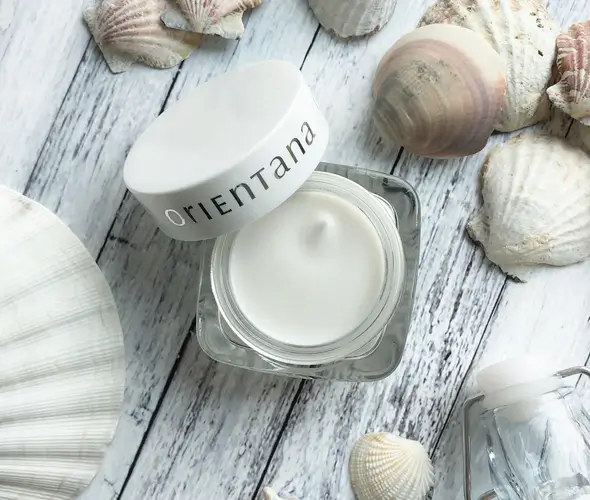
In June 2016, Orientana was the first Polish brand to produce a cream with snail slime. The brand's intention was to create a formulation with a high degree of naturalness. After a long period of research, an effective cream was created with a content of natural ingredients of 98.1%. The cream and its ingredients are cruelty-free, and the slime is obtained in an ethical way without harming the snails. The cream is packed in a glass jar. It soon became Orientana's bestseller. Thanks to the snail slime, the cream has a wide spectrum of action from acne-prone skin to mature skin.
Following the success of the Face Creams, an eye cream with snail slime was created. It is also highly natural (98.2% of ingredients of natural origin) and very effective. It is one of the few cosmetics with such strong moisturization of the skin under the eyes.
Another product inspired by Korean facial care was the snail slime essence. Natural ingredients make up 98.6% of the formula. It is a water-gel essence, and the gel is made from 100% Japanese konjac plant. The essence moisturizes the skin and prepares it to receive active ingredients.
Two-step cleansing
A year after introducing cosmetics with snail slime, Orientana introduced to the Polish market, also as a pioneer of this type of care, oil and foam for two-stage cleansing.
Golden Orange Oil is made from 99% natural ingredients and has a beautiful scent, and perfectly removes even waterproof make-up.
Kantola foam made from 97.3% natural ingredients perfectly washes the face and effectively removes make-up remnants.
Both two-step cleansing products are highly appreciated by Orientana customers.


